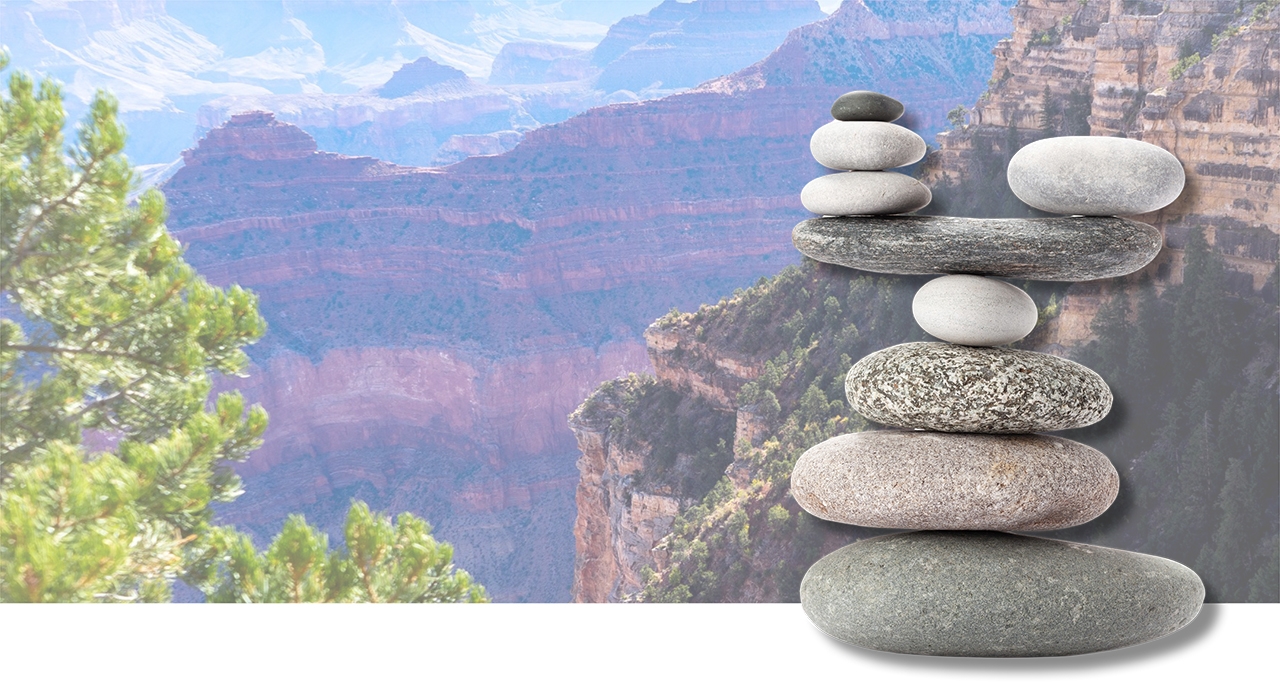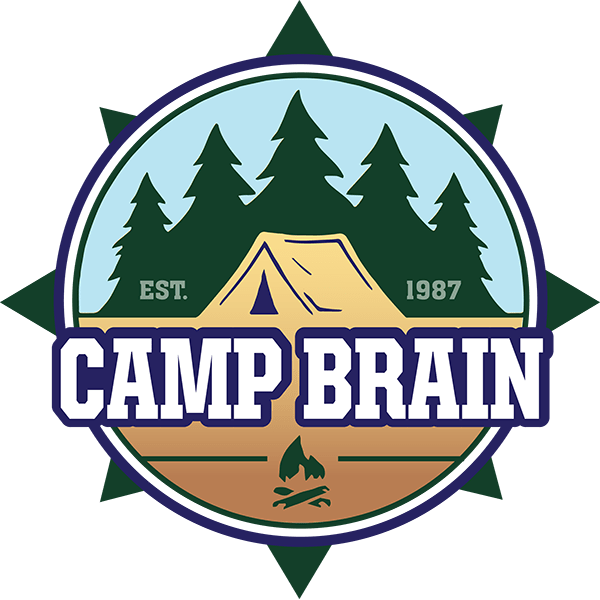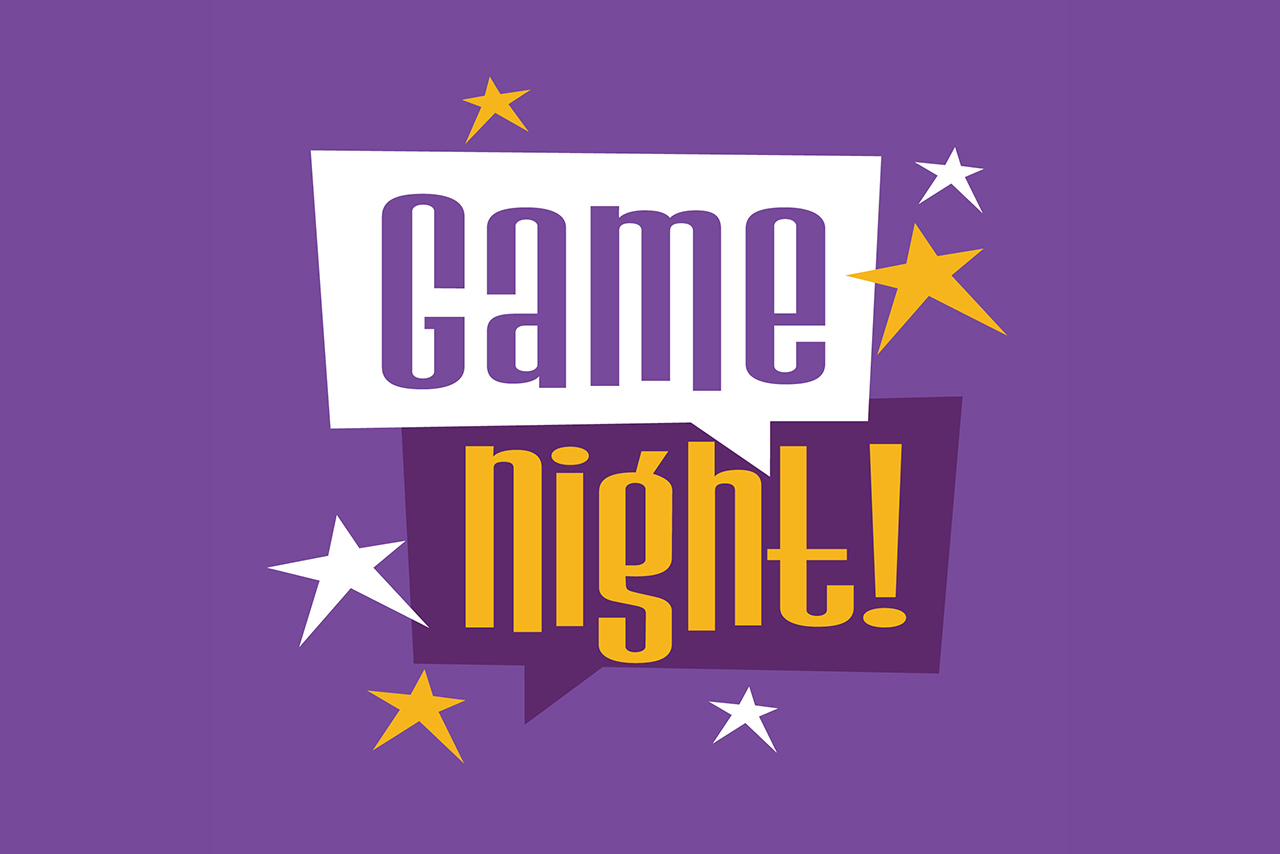Lessons Learned From the Edge of Life: Part 3
This is the third and final of a three-part series about Bob Millsap’s personal experience surviving COVID-19, beating the odds, and his ongoing road to recovery.
The facility was on an intersection that I regularly drove past. It was old and not appearing to be very well kept. Immediately I felt like I wasn’t receiving enough oxygen, but I struggled to get anyone to look into this. I had just tested negative for the COVID-19 virus, so I could now have visitors. My wife Shelly came by and we both had an uneasy feeling.
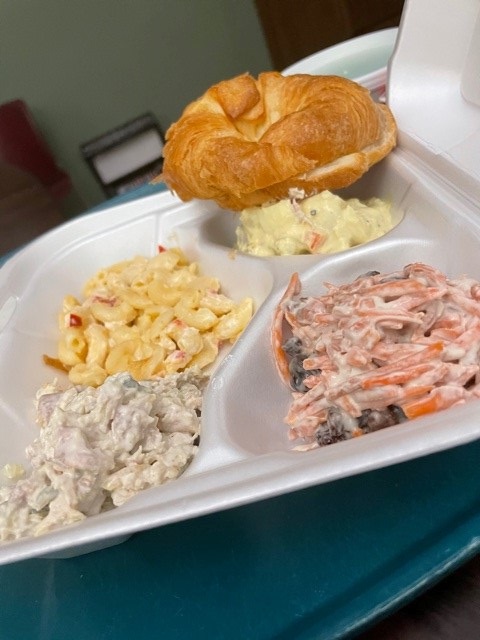
Dinner came and it was unbelievably bad. It’s what I imagine prison food to look like. In addition to its poor looking quality, it was all carbs and sweets. I told the nurse’s assistant that I was diabetic and needed the diabetic meal. She abruptly told me there was no other option. After pushback, she brought me a ham sandwich, a bag of goldfish crackers, a cookie and apple juice. Again, nothing I could eat. I reached for my bag of healthy treats and thankfully was able to eat two Kind protein bars and drink a bottle of Glucerna for dinner.
Later in the evening, my roommate started yelling for help. I asked him what was wrong and he said he was in a lot of pain and needed a nurse. I rang my help buzzer, as he had done several minutes earlier. Nobody came. He continued yelling for help, and I joined in with hollering “Nurse!” and “Help!” As time went on, we yelled louder, but I was struggling with my breath due to what felt like inadequate oxygen and I was now out of water.
To make a long story not as long, it took over an hour to get the requested help. I was horrified after receiving such good care at the previous hospital. After a nurse provided care to my roommate, I was told my oxygen was fine. I asked about my medication and was told it would take a few days to get transferred. Again, I was horrified. Then, I looked down and saw a human toe nail on my bed. Already in survival mode, I kicked it up a notch. I knew I needed to get out of this place fast.
Determined not to sleep, I started by calling Vik, my best friend from college, who now lived in Switzerland. We talked for a few hours as he kept me calm into the early hours of the morning. I explained to him that I would not sleep, because if I did sleep and lost my oxygen connection, nobody would come to assist and I could die.
I spent the night on the phone with eight different people. This included early rising, old grocery industry friends on the east coast, as well as our neighbor Robin, and Shelly’s best friend, Wendy. I’ll never forget how those people got me through that night. As the night went on, I was convinced I needed out of this facility immediately.
The next morning, the nurse and nurse’s assistant both connected with me through our shared love of music, reggae in particular. I felt some relief as I realized that if I could get food delivered to me by friends and family daily, I could stay positive and survive this situation. The last thing I wanted was to move somewhere that was too far for Shelly to drive to. So, I quickly put the halt on moving me someplace else.
What was toughest for me during this time was my concern for Shelly. I tried to lead and be a caregiver from my hospital bed. But most of the time, I couldn’t get people to understand what help she needed and I made her extremely uncomfortable with my attention to the subject. Thank goodness for her best friend Wendy. Without her, I am not sure what we would have done.
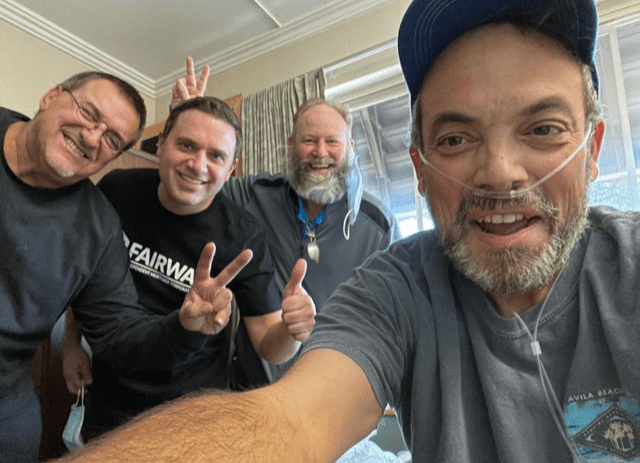 Every single day I had company, as people were coming from all over town at all hours of the day to see me. Many times they brought food, keeping me from having to eat the awful facility food. Sometimes they came inside to my room. Other times, they came to the window, which I had my bed pushed up against. Although the window would only open a few inches, it was enough to feel the breeze and talk to my visitors through.
Every single day I had company, as people were coming from all over town at all hours of the day to see me. Many times they brought food, keeping me from having to eat the awful facility food. Sometimes they came inside to my room. Other times, they came to the window, which I had my bed pushed up against. Although the window would only open a few inches, it was enough to feel the breeze and talk to my visitors through.
I spent 34 days in this facility. At first glance, there is not much positive to see here. It felt like the type of place the elderly go to die. But I kept the mood fun and stayed positive with the allies that I made. I used my positivity to have great relationships with the nurses, certified nurse’s assistants, physical therapy staff, and my roommates. I stayed positive by focusing on being kind and sharing my story. Early in my stay, I began videotaping short messages of my progress, and my mindset each day. I posted them first thing each morning. It chronicled my improvement as well as my challenges. It was real, it was raw, and it provided hope.
I also began videotaping my physical therapy sessions, which began as simply standing up and then moved to walking to the window, then to the door and back, and then eventually walking to my bathroom. I hadn’t visited the bathroom in my room since the day early in my stay that I tried going in there by myself and my oxygen level dropped to 52% as I approached the sink. It took complete focus and proper breathing to fearlessly get my level up into the 60’s as I walked toward the door. Within minutes, I had myself back to 90%. I was told the 50’s were extremely dangerous and could result in brain damage or death. I made sure not to drop that low again, although I often would dip into the 60’s, while my heart rate would skyrocket towards 150. For perspective, one of my mountain climbing friends told me that 70% was the equivalent to climbing on Mt. Everest.
Eventually, I moved to walking from my room to down the hall. Then one day, my incredible physical therapists, Tina and Jason, wheeled me outside for a triumphant walk through the grass. I captured the progress daily on video.
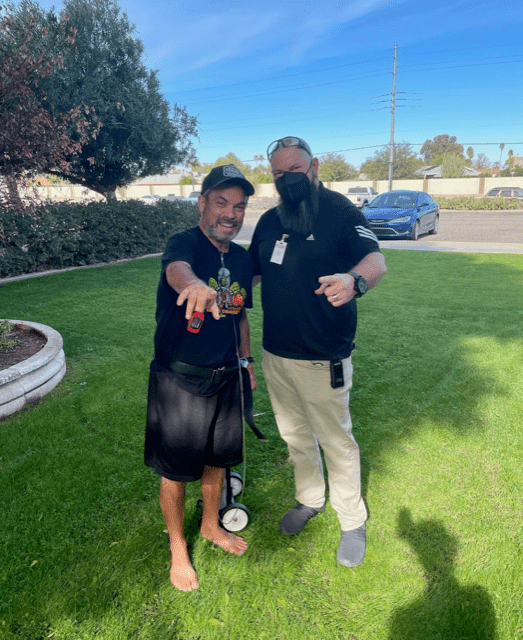
I managed to keep myself clean despite not having a shower for 55 days, as I was far from having the strength or breathing ability for such a physically taxing task.
When I was eventually released from this rehab facility, I had spent a total of 53 days in a hospital bed. I was never alone as I connected daily with so many people who were rooting for me. This connection was a big reason for my survival.
The food never did get better. Shelly visited every day and brought Greek yogurt they kept in the kitchen refrigerator for me to eat each morning. I continued to persistently use my leadership skills to ask friends, family, and Shelly to bring me a meal each day. I’d eat half and then have leftovers stored in the refrigerator for a second meal. I weighed 180 pounds when I was originally admitted to the hospital. I got all the way down to 159 pounds as I lost all of my muscle and struggled for the energy to even chew. Since my release, I have built myself back up to 173 pounds.
But my ability to survive in the way that I did doesn’t surprise me, as I had proven to myself what my resilience was all about in years past. But I did have to dig deep and pull the positivity from those prior experiences and stay connected to my friends and family, never allowing myself to feel depressed or alone.
I connected closely with my roommate Glynn. He moved in two weeks or so into my stay at the rehab facility. Up until then, I only had a couple of nights sharing my room. Rather than stressing over the fact that I’d have to turn the music down and possibly deal with television noise from across the room again, I instead looked forward to making a new friend… and fast friends we became! Glynn is a polite older gentleman from the deep southern part of Georgia, exactly who you would picture as a “southern gentleman”. We became each other’s top cheerleader as we constantly joked while fighting for our lives. Our nurses loved coming into our room as we were always positive, having fun, and playing music. Glynn loves country music, so we had a blast playing country classics— from Patsy Cline to Merle Haggard— literally all twenty-four hours of the day. I’m blessed to have met Glynn. We have a bond that only the two of us will ever understand. He is still not well, so we’ve gone to visit him twice in the past few weeks at two different health care facilities. I pray for him daily.
The emergence of so many unexpected, caring friends doesn’t surprise me, as with each previous life changing bout with adversity, new close friends emerged where least expected. Those who disappeared also aren’t a surprise, as I have seen this take place through every previous major life challenge. As unfortunate as that is, it’s part of life. I will not blame myself nor others for the fact that not everyone is comfortable with such vulnerable, real, and raw communication. It’s clear that some won’t be able to let go of their vision of me spiraling towards losing my mind, while others draw inspiration, perspective, and hope from that same highly visible fight.
Devin, my very best friend, has continued to reach out to me every single day throughout this saga. The depth of his patience, wisdom and care towards me is unbelievable, as his steady commitment to my well-being has been a constant for over thirty years now.
I am blessed indeed.
New observations and revelations from my experience emerge daily. What is clear thus far is that this strongly reiterated what had already been proven to myself in my story of resilience. It continued telling me that whatever gets thrown my way, I will undoubtedly find a way to the other side. With each new chapter of my life, the clarity of the benefits of a life centered on positivity and gratitude becomes even clearer.
Also becoming evident to me more than ever is that most things are not a very big deal. When there is an issue, I just simply observe, put some thought into it, and come up with a solution. It then becomes quickly resolved so I can put it behind me and move on with positivity to the next day.
I’ve now been out of the rehab facility for eight weeks. The first nine days I went and stayed with our neighbors and good friends, Bill & Gwynn. The kindness of their offer was mind blowing, as I wasn’t quite ready yet to go home to Shelly. Again, she is not able to be my caregiver, so it was perfect to be able to ease into my arrival home. I worked hard, gained strength, and eventually made it home, where I quickly mastered the stairs of our two-story home.
The progress has really been encouraging. I’ve worked hard with my home health physical therapist, Austin. He has given me exercises that I work on every day to build strength. I am still easily tired, needing far more sleep than ever. But I am improving every day. I am now almost completely off of supplemental oxygen. But it’s a true balancing act, as I work hard, but also try to make sure I don’t overdo it. Somedays I do better with this than others.
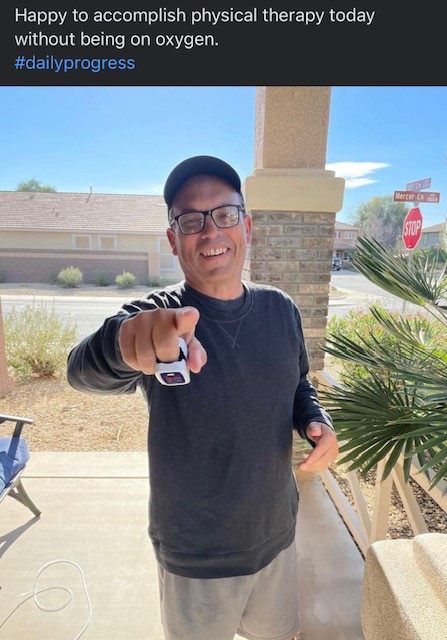
My work as a loan officer is thankfully keeping me busy and focused, as I primarily work from the office space I created in my backyard. I also drive to see clients and my realtor partners. I have actually gone into the office a few times and I plan to more often in the upcoming weeks.
I am ever so thankful for the sun! That is something I really missed in my 53 days inside. I cherish everyday spent at home with Shelly and our two pups, Molly and Dino. I still have a ways to go, as I tire easily, cough often, and still have an issue where I hyperventilate and struggle with my voice. The days start well, as I return to some normalcy, writing early in the morning at my favorite outside table at Sunsational Coffee. By evening though, the fatigue is intense, as is the cough and hyperventilation. But there is progress.
I’m still Shelly’s caregiver. But as much as I didn’t want this to happen, she has also become my caregiver in certain ways. Reality is that I can’t do some of the things I could do before. But the silver lining of this is that we’ve become the clearest picture of teamwork that I have ever seen.
Progress is a beautiful thing as I keep being patient, positive, and so grateful to be alive!
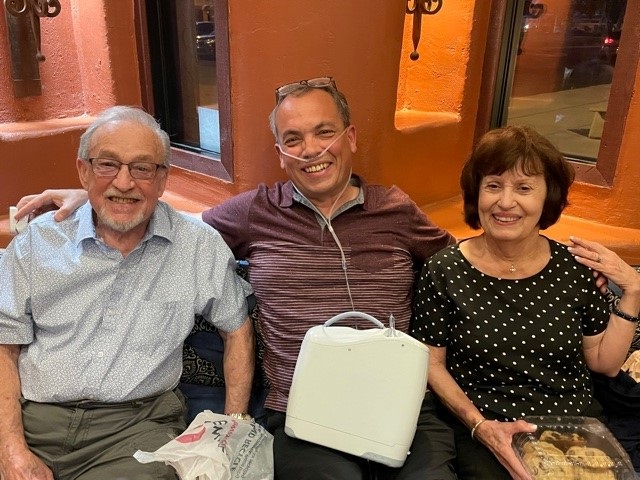
Bob with his Mom and Dad.

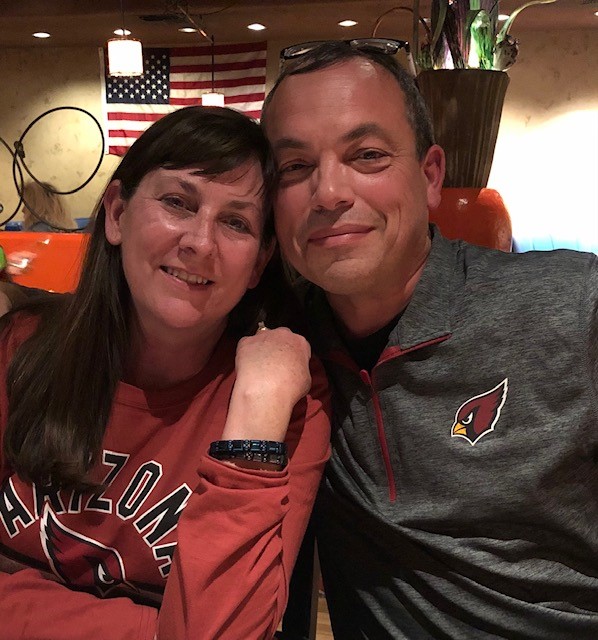
Bob Millsap is a writer, caregiver, and survivor of Long COVID. He and his wife Shelly live in Surprise, AZ and are the proud parents of two sons.
You can read more about his and his family’s journey on his blog,
Ten Thousand Days.
ABOUT BRAIN INJURY ALLIANCE OF ARIZONA
The Brain Injury Alliance of Arizona (BIAAZ) is the only statewide nonprofit organization dedicated to improving the lives of adults and children with all types of brain injuries through prevention, advocacy, awareness and education. BIAAZ also houses the Arizona Brain Health Resource Center, a collection of educational information and neuro-specific resources for brain injury survivors, caregivers, family members and professionals.
What began in 1983 as a grassroots effort has grown into a strong statewide presence, providing valuable life-long resources and community support for individuals with all types of brain trauma at no charge.
The Brain Injury Alliance of Arizona:
- Works with Congressional Brain Injury Task Force
- Houses Arizona Brain Health Resource Center
- Hosts Statewide Opioid Use Disorder & Cognitive Impairment Workgroup
- Has Statewide Opioid Use Disorder & Cognitive Impairment Response team with peer support, training, and family wraparound services
- Facilitates Brain Health Advisory Council
- Manages statewide Neuro Info-Line: 888-500-9165


